
Will this field trial revolutionise barley production?
Switzerland's first field trial using plants from new breeding technologies will start this spring in Zurich. Specifically, the aim is to breed a spring barley that produces more grains per ear. If the trial works, the technology is likely to be of great interest to Swiss agriculture.
Monday, March 18, 2024
It is a field trial that could revolutionise barley production. From this spring, spring barley modified with new breeding technologies will be grown on the trial field in Zurich Reckenholz for a period of three years. Agroscope has received the relevant authorisation from the Federal Office for the Environment for a field trial with «genetically modified» plants, as new breeding technologies are generally regarded as genetic engineering in Switzerland – even though they are much more precise and safer than conventional genetic engineering and even more precise than random mutation breeding, which is also classified as genetic engineering by the European Court of Justice and has been used in conventional and organic plant breeding to date and involves radioactive irradiation or chemical treatme This is the first authorised field trial with plants from new breeding technologies in Switzerland, as reported by «topagrar» and others.
«Blick» has now also reported on the field trial and recognised the potential of genetically modified barley. «This plant could change agriculture» was the headline of the newspaper, supported by scientific voices. Critical voices also have their say in the article. One of them is Martin Bossard, Head of Policy at the Bio Suisse association. He finds the barley trial in Zurich pointless. After all, the barley variety being tested is not grown in Switzerland. However, he disregards the fact that it is not about the different varieties, but about research into characteristics and properties that is being carried out on model plants.
With new breeding methods such as the CRISPR/Cas gene scissors, targeted interventions can be carried out in the genetic material of a plant, which means that varieties can be bred to be more robust and the yield of the variety can be increased. This is exactly what is hoped for in the upcoming field trial. The reason: as part of a similar experiment with rice, researchers from the Free University of Berlin, together with scientists from the Leibniz Institute of Plant Genetics and Crop Plant Research, came to the conclusion that the mutation of the CKX2 gene – which is also at the centre of the field trial in Zurich – has an unexpectedly large effect on yield. The results were so promising that the mutation is now widely used in rice breeding.
More grains per ear thanks to genome editing
In this case, researchers have specifically bred a trait that produces more grains per ear. The scientists succeeded in doing this by rendering the two different copies of the CKX2 gene non-functional, which had the effect of producing more grains per ear in the greenhouse. If this method works with the barley native to this country – and also in the field, where it is now being tested – this application of new breeding technologies would be very interesting for Swiss agriculture.
Although this newly bred barley is legally regulated as genetically modified in Switzerland, genetically it hardly differs from conventional varieties. This is because the mutations introduced could theoretically have arisen by chance. However, the new breeding techniques have inserted them precisely at the desired location.
But what are the advantages of increasing yields for sustainable agriculture? Increased yields are sustainable due to increased land efficiency because more can now be produced on the same amount of land. According to a study by Cambridge University, biodiversity benefits from «densified production». This means that resources are utilised most efficiently when as much as possible is produced on small areas. This also protects nature, as it can develop on other land in return. In addition, yields are increased. However, this is not the case with extensification of agricultural production (for example in organic farming): more and more land is required for the same or even slightly lower yields. As a result, an increasing proportion of agricultural production is being shifted to areas abroad.
Field trials in the «protected site»
Switzerland has had a moratorium on genetic engineering since 2005, which allows research into genetic engineering but prohibits the sowing of genetically modified plants using conventional genetic engineering. Agroscope has been operating a secure trial area for field trials with GMOs in Reckenholz, Zurich, since 2014. However, the restrictive conditions hinder and make research much more expensive.
Plenty of potential for new breeding technologies in Switzerland
In addition to the modified barley, there are countless other examples of new breeding technologies that could be of interest to Swiss agriculture. For example, Japanese researchers have used genome editing to develop a more robust wheat that can save yields in the event of heavy rainfall – a phenomenon that will become increasingly common in times of climate change.
However, new breeding technologies are not only useful in terms of yields. Genome editing, for example, enables precision breeding, which is particularly useful in the area of disease control. One example is late blight-resistant potatoes, which were also bred with the help of genetic scissors. You can find more examples here.
In Switzerland, the legal framework for the use of genome-edited plants is now being discussed at the highest political level. The Federal Council intends to submit proposals to Parliament by mid-2025.
Sources
Kindly note:
We, a non-native editorial team value clear and faultless communication. At times we have to prioritize speed over perfection, utilizing tools, that are still learning.
We are deepL sorry for any observed stylistic or spelling errors.
Related articles
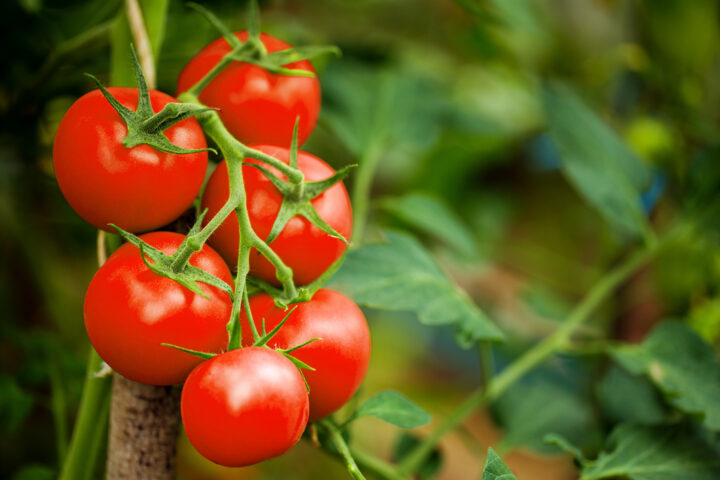
Science demonstrates the concrete benefits of new breeding methods
The Swiss Academy of Sciences (SCNAT) recognizes the significant opportunities offered by new breeding methods. In a new dossier, the Academy presents five examples of crops cultivated using genome editing, which have high potential for Swiss agriculture. This publication emphasizes the scientific consensus on the use of genetic scissors. The new breeding methods offer numerous advantages for the environment and agriculture.
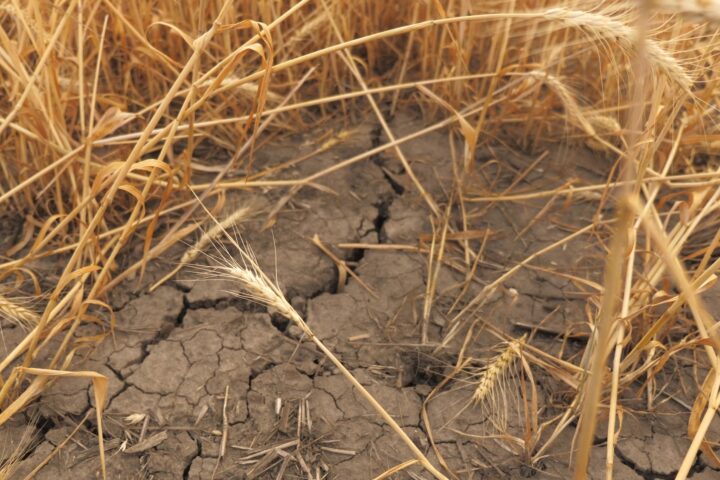
Drought-tolerant wheat from Argentina
Heat waves are posing a major challenge to cultivation around the world. Water shortages and droughts are resulting in heavy crop losses for the agricultural industry. Because droughts will be more frequent in the future, the search for plant varieties that consume less water is a top priority. One drought-tolerant wheat variety from Argentina is showing great potential.
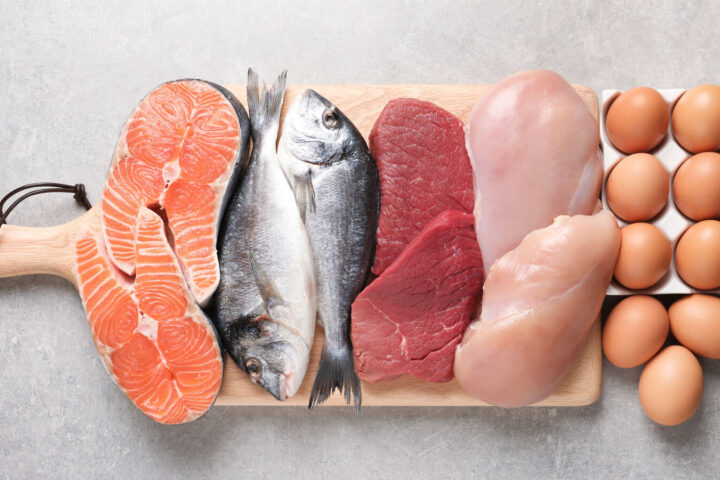
Sales bans due to PFAS: Should we be worried?
After spectacular sales bans on fish and meat due to PFAS contamination, consumers are asking themselves: How dangerous are these substances really – and what can still be placed in the shopping basket without concern?
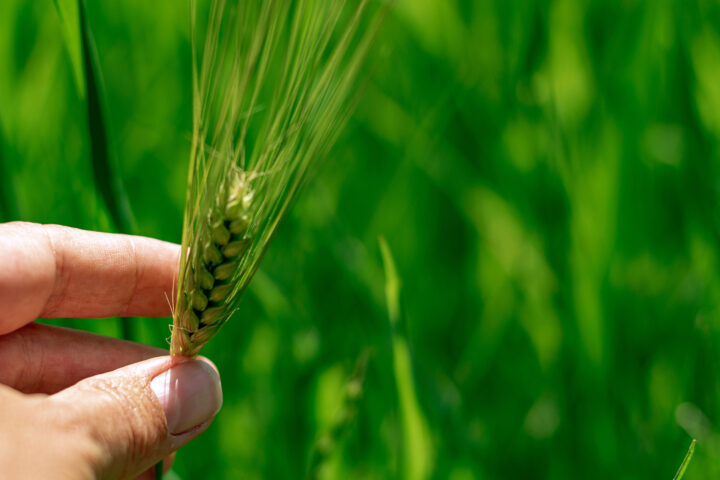
How German Experts View New Breeding Techniques
In hardly any other country is the idyllic image of organic farming cultivated in the public sphere as carefully as in Germany. Naturalness and rural authenticity are powerful mental refuges for many Germans. Against this backdrop, it is hardly surprising that resistance to new breeding techniques is strong – and that ignorance about the realities of organic farming sometimes appears almost deliberate.
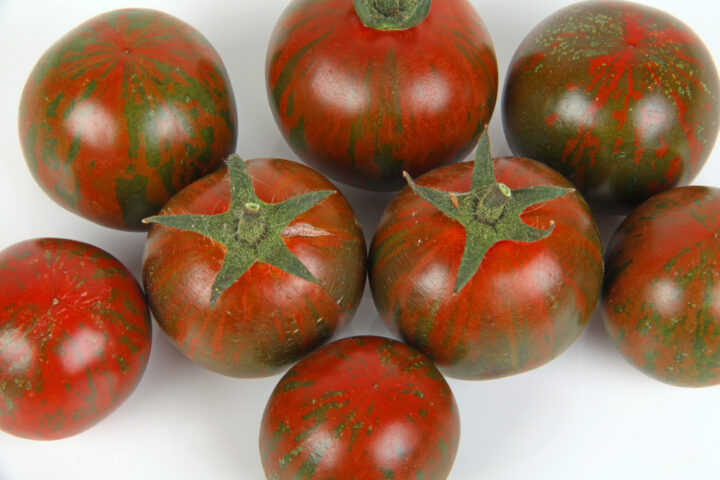
Why consumers accept gene-edited foods on their plates
Acceptance of gene-edited foods increases when the tangible benefits for consumers are easy to understand. A recent study by the Center for Food Integrity (CFI), conducted in collaboration with FMI – The Food Industry Association, shows that consumers evaluate technologies such as genome editing positively when they recognize clear advantages for health, the environment, or food security.
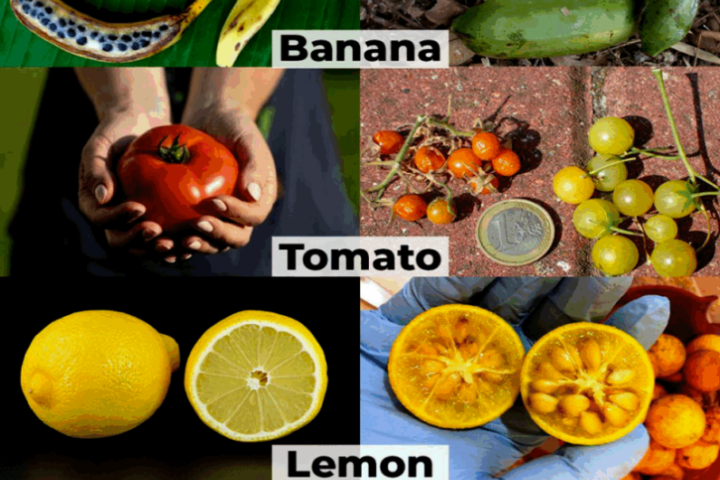
Beautiful and delicious mutants on your plate: The misunderstood world of crop improvement
When most of us hear the word mutation, the images that come to mind are not positive. We think of radioactive monsters, comic book villains, or genetic diseases like sickle-cell anemia. In popular culture, “mutants” are often synonymous with danger. Possibly the most famous are Marvel’s X-Men, who have enjoyed four big-screen incarnations and an enduring place among sci-fi movie aficionados.

